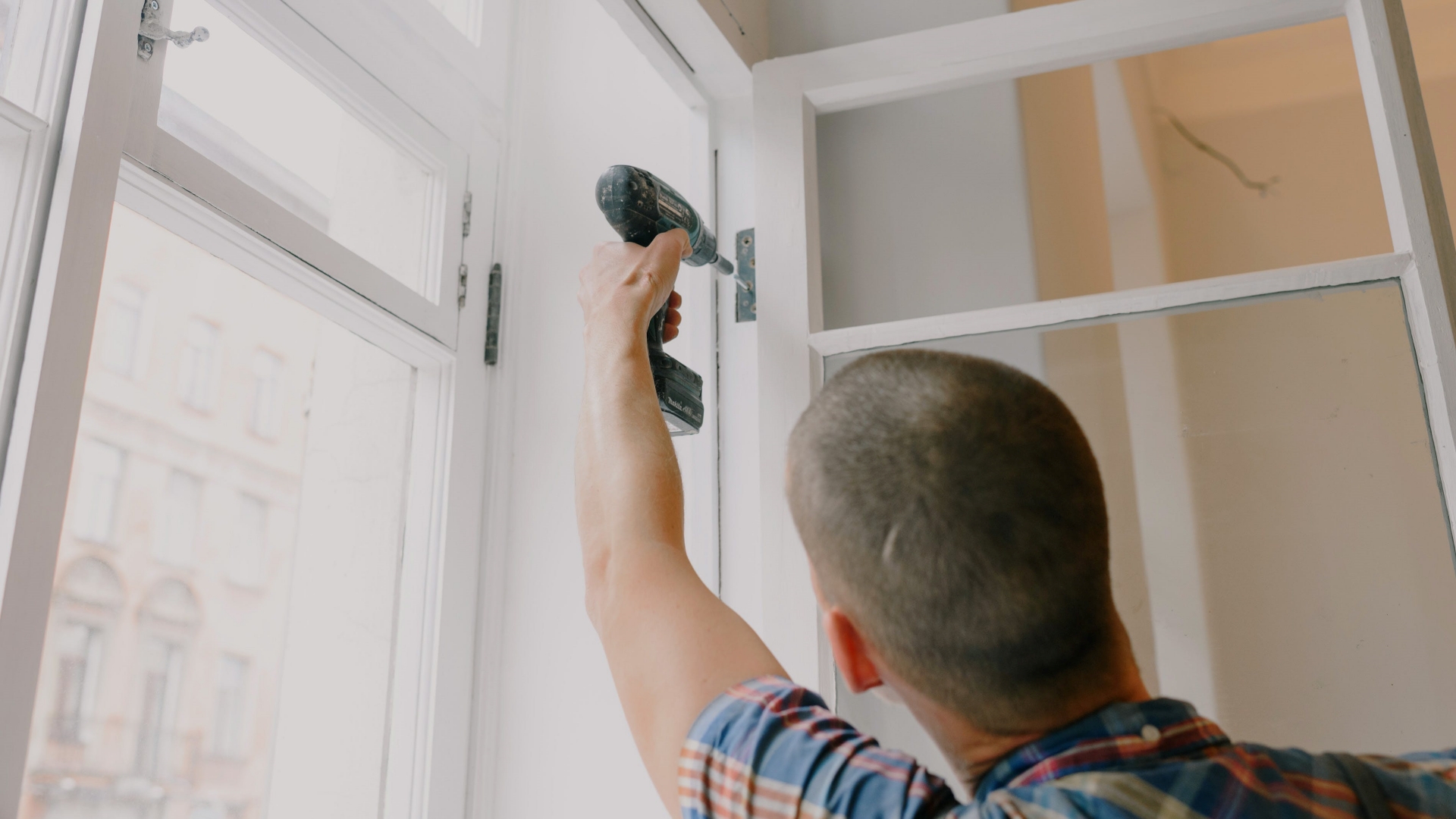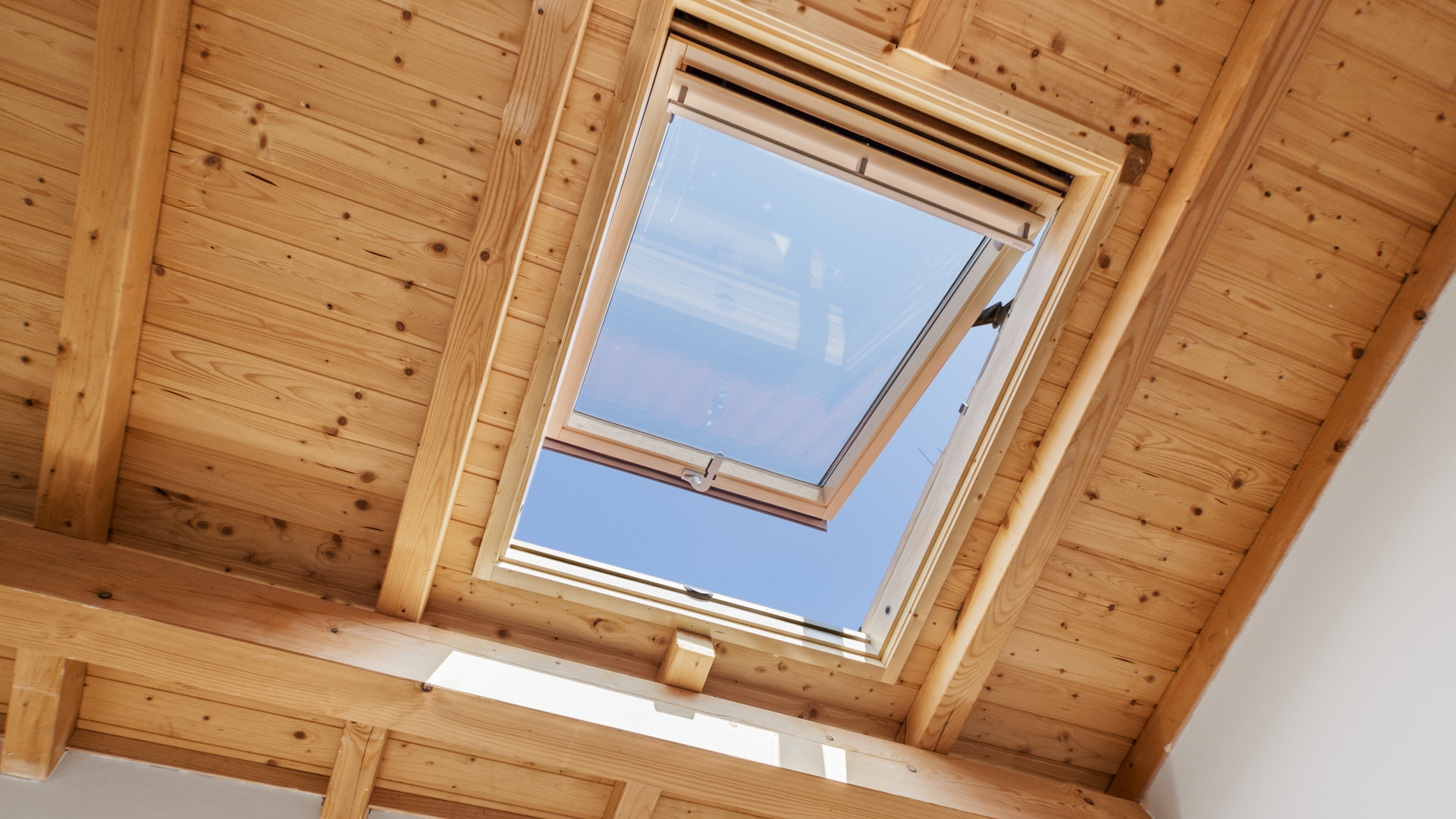Imagine this scenario: it’s a typical evening at your place, you’re settled on your couch, indulging in your favorite TV show, when suddenly, everything goes dark. No light, no TV, no power—the whole house plunges into darkness. Do you have a plan?
Power outages, while inconvenient, are a fact of life, and they can happen at any time for various reasons like inclement weather, natural disasters, or maintenance issues. Therefore, preparing your home in advance to face these unforeseen circumstances is crucial to ensuring your safety and comfort.
With a little forethought and preparation, a power outage needn’t be an overwhelming ordeal. Here are the essential steps you should take and the essential items you need to have on hand to ensure you’re able to navigate your house safely, keep food fresh, and maintain critical communication channels:
-
Invest In A Generator
Living in an area that frequently experiences power outages might necessitate the investment in a backup generator. Generators can ensure your essential appliances, like refrigerators, heaters, and medical equipment, continue functioning. The choice between portable generators, which can power a limited number of devices, or standby generators, which can power most of your home, depends on your specific needs and budget.
You could consider perusing a dual fuel generator guide to aid in your decision-making process. These guides can offer insights into the benefits of dual fuel generators, which have the flexibility of running on two different types of fuel—usually gasoline and propane. This flexibility can be crucial during prolonged power outages where one kind of fuel might become scarce.
Safety should always be a top priority regardless of the type of generator you choose. Ensure the generator is placed outside the house, away from windows and vents, to prevent carbon monoxide poisoning. Also, have a sufficient fuel supply on hand, and store it safely to prevent accidents.
-
Prepare Your Appliances
Electrical appliances can suffer damage from power surges when electricity is restored after an outage. Unplug these appliances during an outage to protect them from such surges. This is particularly important for expensive or delicate devices such as computers, televisions, and microwaves.
For appliances that can’t be unplugged, such as refrigerators or freezers, aim to use them sparingly to conserve energy. If power hasn’t been restored within 48 hours, consider relocating perishable items to a cooler with ice. This can help prevent food wastage due to spoilage.
-
Create An Emergency Kit
The cornerstone of any power outage preparation is creating a comprehensive emergency kit. This should contain essential items to assist you in navigating the challenges of a power outage. Flashlights and spare batteries should be at the top of your list for visibility. Also, ensure you have a well-stocked first aid kit for minor injuries or illnesses. Learning first aid training is an excellent skill that can potentially save lives in emergency situations. Remember, learning first aid is not just about acquiring skills; it’s about being prepared to help others in times of need.
In the same kit, you should also include bottled water and nonperishable food items. These can be a lifesaver, especially if the outage lasts an extended period. A battery-powered or hand-cranked radio can be invaluable for staying updated on the situation, particularly if your cell phone’s battery dies. Once your kit is complete, keep it in an easily accessible location and ensure every family member knows where it’s stored.
-
Plan For Heating Or Cooling Needs
Power outages can pose significant challenges during extreme weather conditions. If you find yourself in the cold without power in the winter, you can keep warm by layering clothing, using blankets, or even huddling together with other household members. A portable heater can also be a handy addition to your emergency kit if you have a generator.
In contrast, summer power outages can leave you sweltering. To beat the heat, stay hydrated and take advantage of battery-operated fans. Keep your blinds and windows closed during the day to minimize heat gain. Open them during cooler evening hours to allow in the breeze.
-
Maintain Communication
During a power outage, staying informed and maintaining communication are essential. Charge your devices fully if a power outage is forecasted, and consider investing in a power bank. This can keep your cell phone operational for extended periods. Also, remember that text messages and social media updates often use less power than voice calls.
Consider a landline phone as a backup communication tool. They often remain functional during power outages because they don’t rely on local electricity. Keeping a list of important contacts, such as local utilities and emergency services, can also prove invaluable during a power outage.
Takeaways
Preparing your home for a power outage involves more than just keeping a few flashlights handy. It requires forethought, planning, and understanding of your specific needs during such a situation.
By creating an emergency kit, investing in a generator, preparing your appliances, planning for heating or cooling needs, and ensuring home safety, you’ll be well-prepared for any power outage. It’s not just about surviving, but thriving, and turning an inconvenience into an adventure.












